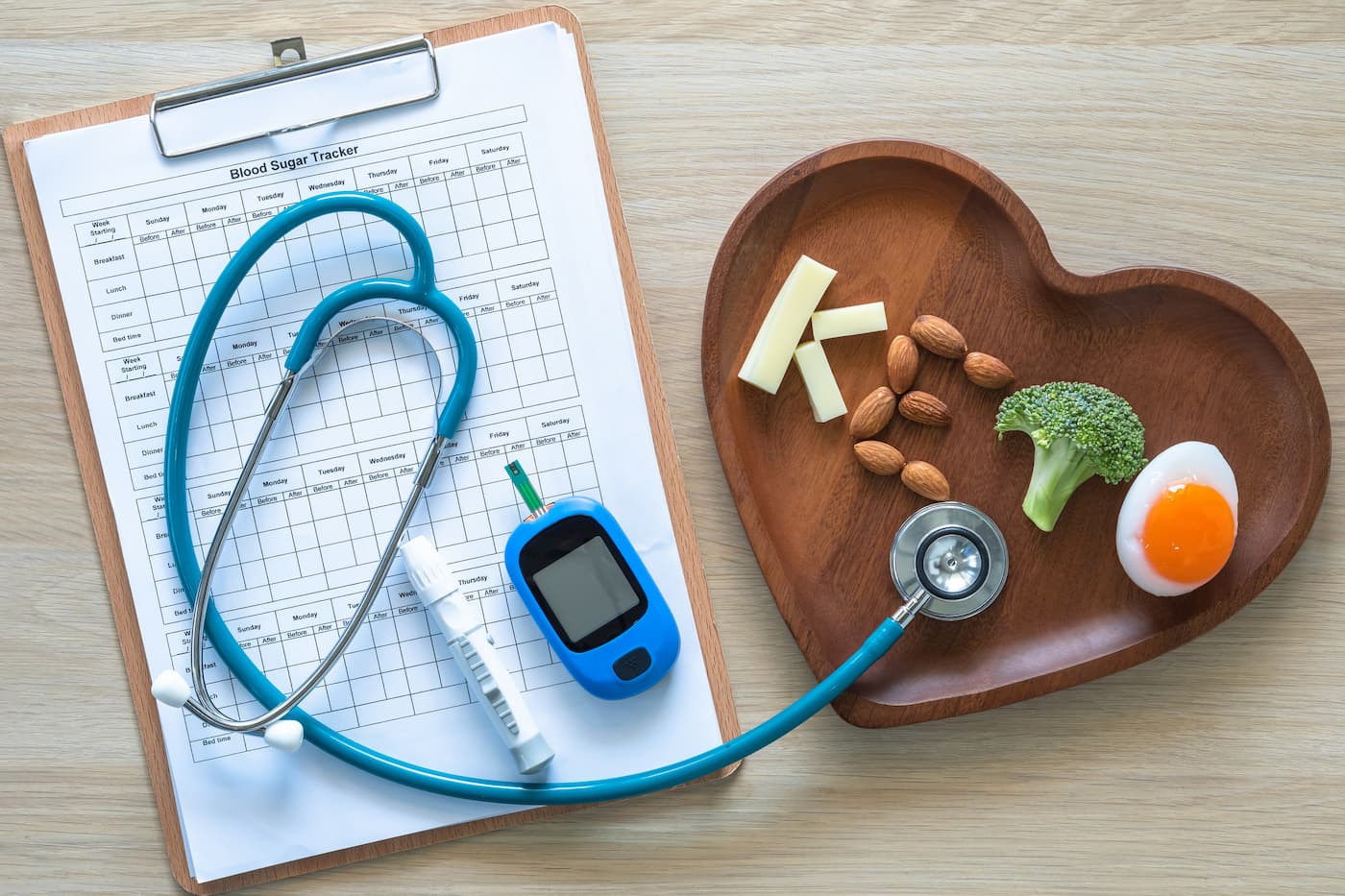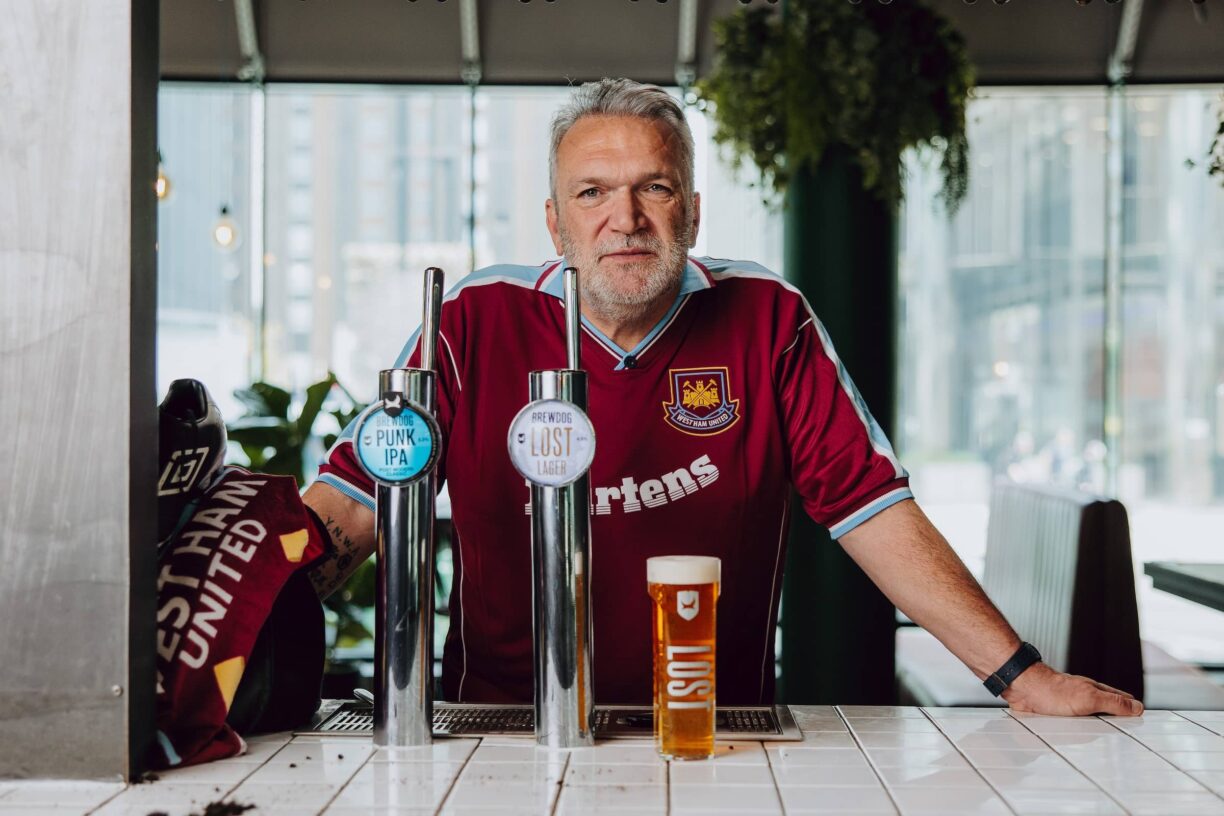Diabetes can be a devastating illness, causing serious disease, disability and premature death.
Latest figures show that over 4.9 million people are currently living with diabetes in the UK, with over 90% of those suffering from type 2.
According to NHS England, the problem is only likely to get worse. Around 2 million more people are currently at risk of developing type 2 diabetes, with growing rates of obesity pinpointed as a contributing factor.
So how does type 2 diabetes differ to type 1, and how can low-carb diets such as the keto diet help to control – and even reverse – type 2?
Type 2 diabetes – what is it and how can weight loss help?
Both type 1 and type 2 diabetes occur when the body is unable to properly store and use glucose, a simple sugar which gives us vital energy. In diabetes patients, high levels of glucose collect in the blood, causing complications such as heart and kidney disease, loss of eyesight, neurological conditions, and damage to other organs.
In type 1, the immune system attacks the pancreas so that it can no longer produce insulin – the hormone that helps regulate glucose levels. In type 2 patients, the pancreas still produces insulin, but the body isn’t able to use the hormone effectively.
Type 1 diabetes is actually relatively rare, affecting around 5-10% of diabetes patients, while type 2 is becoming increasingly common in the developed world.
There is no way to prevent or reverse type 1 diabetes, and it is not thought to be linked to lifestyle. Type 2 diabetes is different: risk factors include obesity, lack of exercise and an unhealthy diet.
Although there is no cure for diabetes, symptoms of type 2 can be slowed or even halted by losing weight and following a healthier lifestyle. And medical experts agree that the disease can be completely prevented by a healthy diet and physical exercise.
How can the keto diet help?
The keto diet is essentially a low carb, moderate protein and high fat meal plan. Carbohydrate-rich choices such as bread, pasta, fruit and potatoes are substituted for foods like meat and poultry, eggs, cheese and avocado.
As carbs are gradually reduced, the body goes into a metabolic state called ketosis, burning fat for energy instead of glucose.
To understand fully what ketosis is, it’s useful to discover a bit of background on the different metabolic pathways our body uses to fuel our cells.
Glycolysis
When we eat carbohydrates, our body converts them into glucose to use for fuel to complete basic body functions and daily activities. When glucose enters the bloodstream from carbohydrates, insulin is excreted to process the glucose.
Insulin signals to the cells to uptake the glucose from the blood to use for energy or to store as glycogen via glycolysis.
For the average person on the average diet, this is how cells get energy to function.
This process is known as carbohydrate metabolism, or glycolysis. In patients with type 2 diabetes, there is an increase in rates of glycolysis in the liver and other tissues.
Gluconeogenesis
However, when carbohydrate is cut from the diet, our bodies use a different metabolic pathway. In the first few days of beginning a keto diet, stored glycogen and amino acids in the muscle tissue are used as the body’s main energy source. This is known as gluconeogenesis. However, this is only temporary.
Lipolysis and ketogenesis
After approximately three or more days of converting to keto, the liver starts using the fatty acids from fats and converts them into ketone bodies to use for fuel via lipolysis.
The ketone bodies are a substitute for the glucose. This metabolic adaptation is known as becoming ‘fat adapted’, shifting you into a state of nutritional ketosis.
What are the benefits of being in ketosis?
Keto diet devotees report a wealth of benefits, including weight loss, improved mood, better quality of sleep, mental clarity and sustained energy levels. But what is the benefit for people suffering from, or at risk of developing, type 2 diabetes?
As the diet removes carbohydrates, keto eaters will experience stable blood sugar levels meaning less energy highs and lows. Insulin sensitivity increases, which can help halt or reverse type 2 diabetes.
Having a stable blood sugar also helps to maintain energy levels throughout the day, rather than experiencing fatigue and slumps that often come after lunch.
How do you know if you’re in ketosis?
There are various ways to check levels of ketones in the body, including blood and urine tests. In recent years, the process has become far simpler with the development of accurate breath-testing systems, for example the Ketoscan Mini.
Launched in 2019, the Ketoscan Mini became the world’s first cartridge-based portable ketone analyser, using innovative breath sensor technology to test for ketone bodies.
The Ketoscan analyser is used with the Ketoscan app, which tracks changes in ketone levels and offers insight into the rate at which fat is being burnt.
This is a safe way to monitor progress and to ensure healthy, sustainable weight loss.
The keto diet – where to start?
Type 2 diabetes patients should always consult their doctor before embarking on a new nutritional pathway.
One recent expert study, while recommending a ketogenic diet as a ‘helpful option’, also warns that it is not suitable for some type 2 diabetic patients i.e. women who are pregnant or breastfeeding, people with or at risk for eating disorders, or people with renal disease.
But if you’re worried about your weight and the associated danger of developing diabetes, it’s never too soon to act. Remember – if you decide to try the keto diet, it’s important to monitor progress by regular testing of ketone levels.
Ketone breathalysers are far more convenient than blood or urine testing, but always buy a quality product which ensures accuracy and reliability. The Ketoscan is ultra-precise and can be regularly calibrated for optimum consistency.
The keto diet takes commitment, but the health benefits can be life changing, with the exciting potential to help tackle the looming diabetes crisis threatening the UK.






